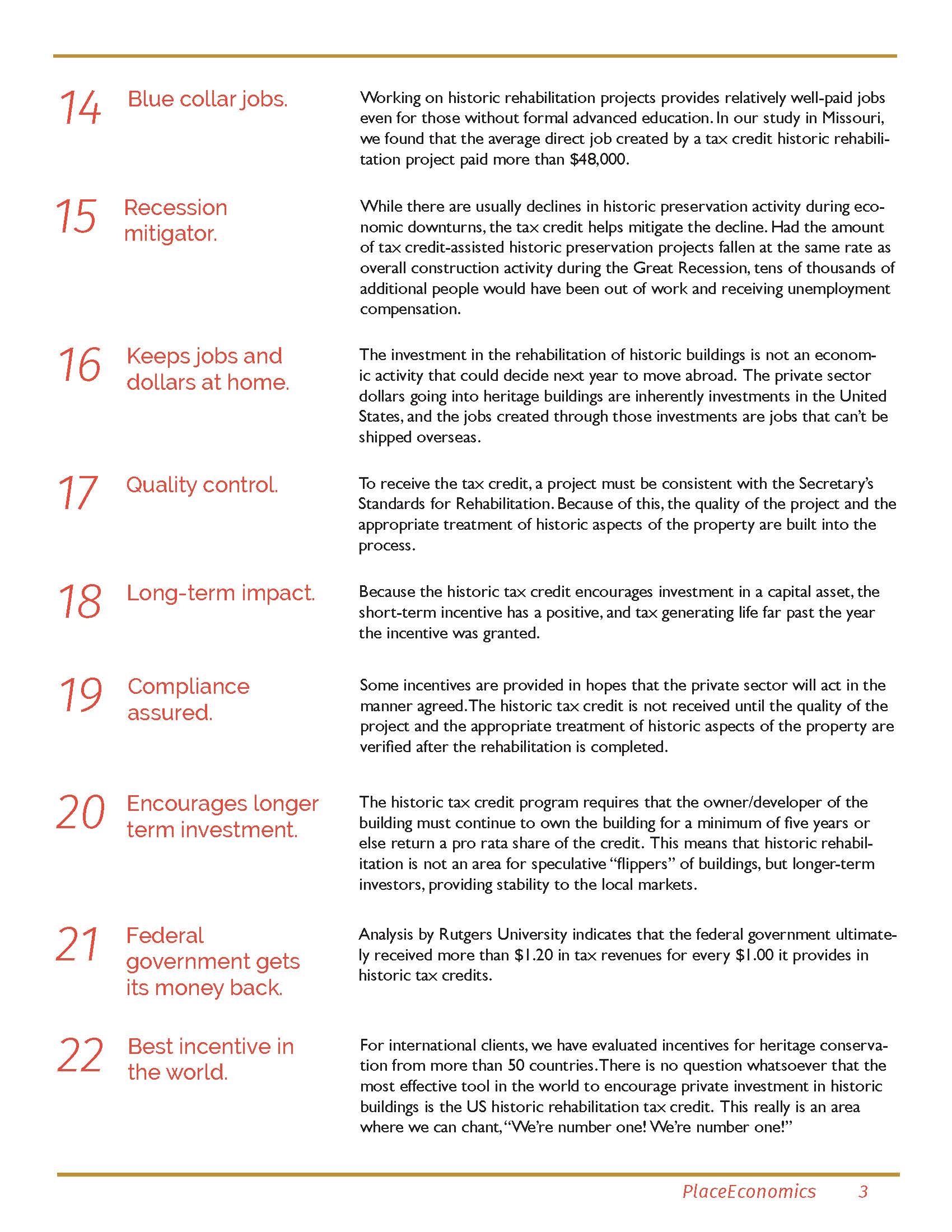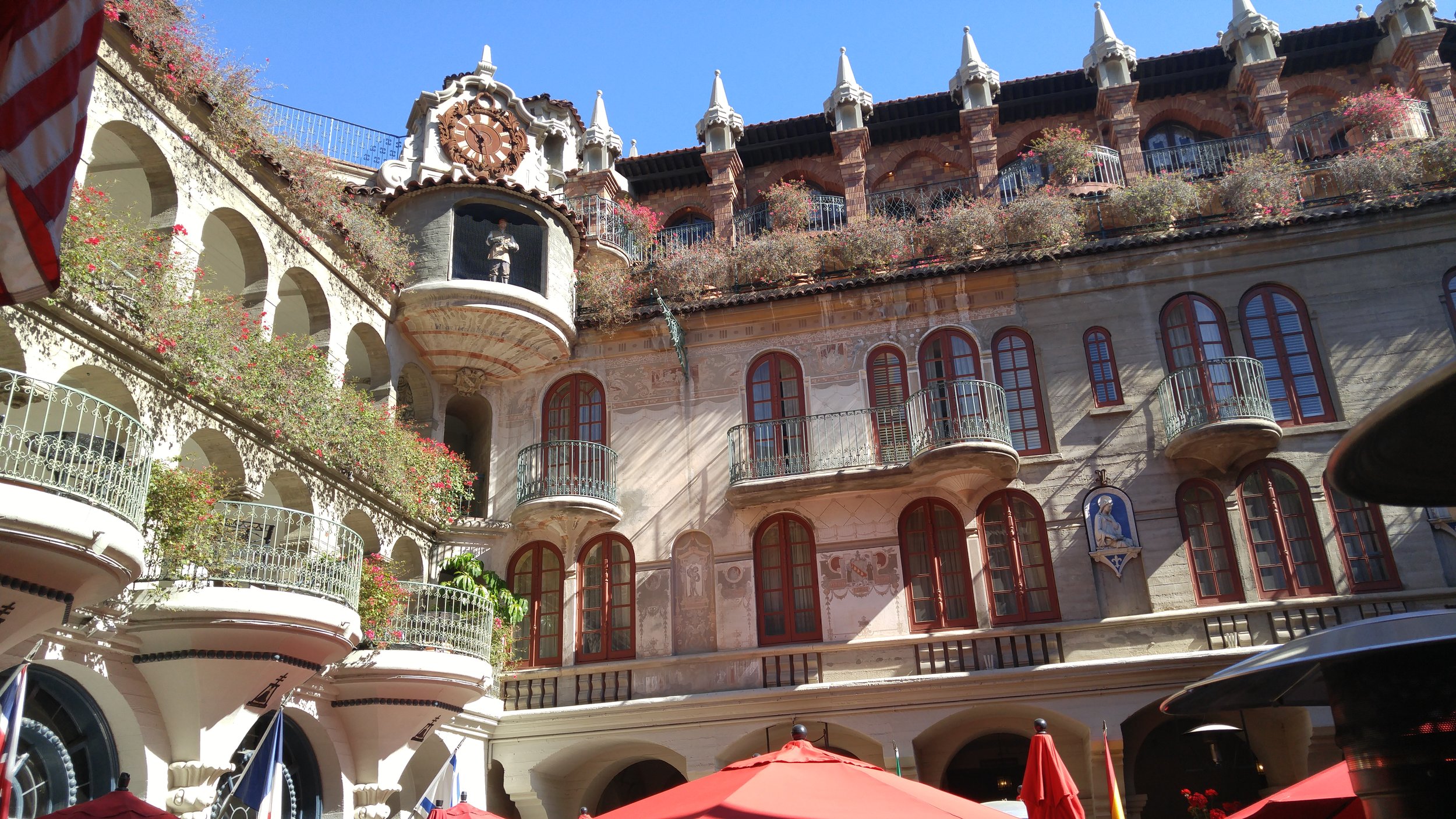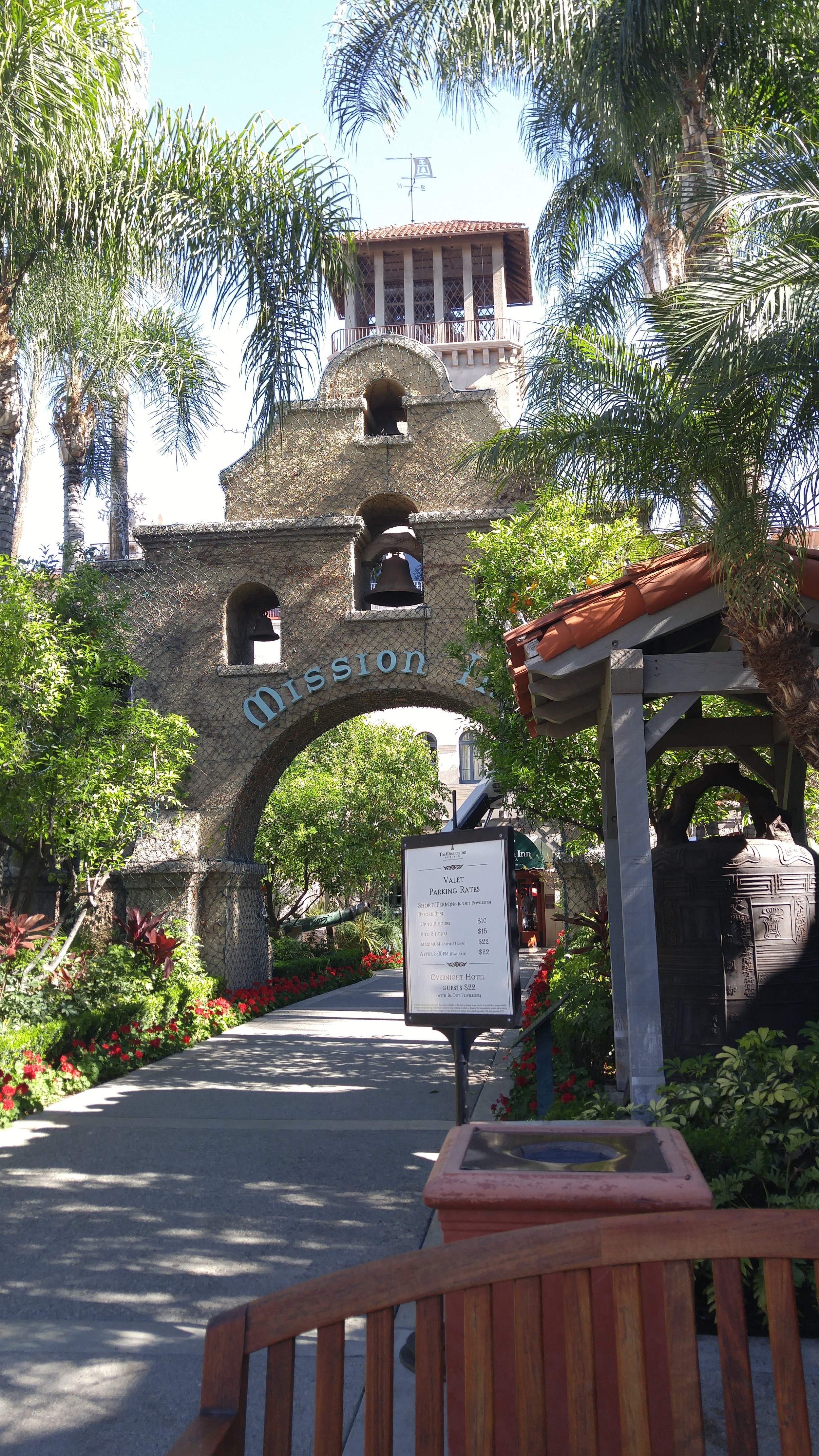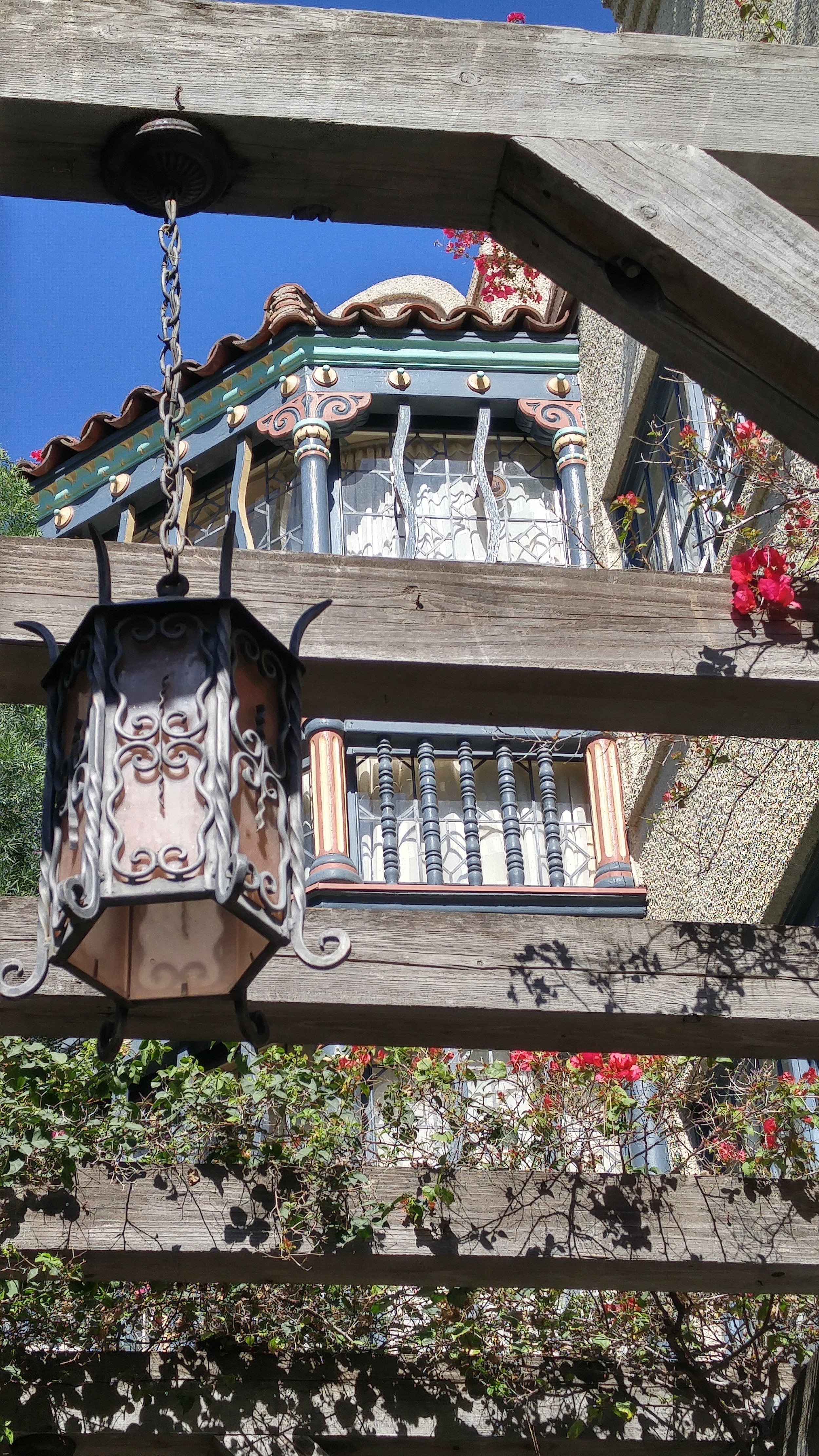At Tuesday's Urban Affairs Committee meeting, the Texas Legislature will consider a new bill that would fundamentally change the way local historic designations are created and administered across the state. In keeping with this session's theme of restricting local control, this bill would require language to be added to every new historic designation in the state and do much to make new historic districts harder to create and and administer. Under the bill:
Historic designations associated with an historic event, that event "must be widely recognized" as an historic event. No suggestion about how you define "widely recognized".
Historic designation based on association with a person, that person must have lived there. So apparently no commercial or institutional buildings primarily associated with famous business men, doctors, lawyers, teachers, etc. can be designated.
Votes for designation by plan commissions and city councils must be approved with 3/4 affirmative vote. It was much easier to get a Supreme Court Justice approved BEFORE last week's rules change.
Applications for revisions to or removal of designated historic properties must be acted on by the municipality within 30 days.
Many preservation-centric organizations are aligning to campaign against this bill. Hopefully, it is enough.































